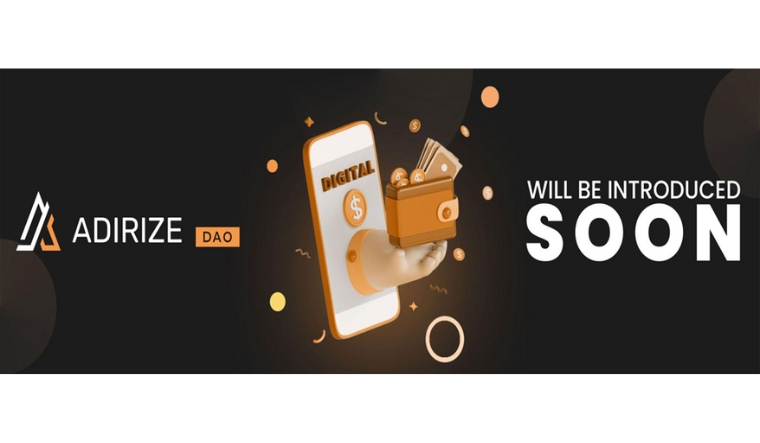The cryptocurrency market is brutal: red charts can be seen everywhere. Although declines are upsetting for crypto investors, it is not wholly uncommon. The volatility of cryptocurrencies is notorious, and turbulent economic circumstances are dragging down not just crypto but also the stock market.
The collapse of the LUNA cryptocurrency and its accompanying TerraUSD stablecoin, also known as UST, is unprecedented. You may not have heard of UST or stablecoins, but they are significant. The evaporation of crypto assets worth billions of dollars sent shockwaves across the market.
Here, there are two connected narratives: those of the UST stablecoin and LUNA, which are both parts of the Terra network. The UST coin is intended to maintain a constant value of $1. However, it was depegged on May 9 and subsequently depreciated to a few cents.
Then there is LUNA, the ecosystem's focal point. Unfortunately, its value has plummeted in one of the most spectacular cryptocurrency market collapses ever recorded.
How can Adirize (ADI) Become a Game-Changer?
The US dollar backs the most stable coinage, worth $186,4 billion. The US controls the currency, and the Federal Reserve sets monetary policy. Due to declining fiat currencies, cryptocurrency values are strongly impacted, creating the issue of whether stable coins are truly stable.
Adirize DAO's decentralised reserve ADI currency attempts to wean crypto markets off dollars. ADI is a store of value, not a dollar-tied currency like USDT, USDC, etc.
Adirize's long-term objective is to become a stable currency for everyday transactions without a conventional peg, employing a treasury of assets.
Adirize, named after a crater on Saturn's moon Titan, aims to develop a policy-controlled currency system in which the DAO controls ADI Token's behaviour.
Long-term, it intends to develop a stable, consistent system that can serve as a worldwide unit of account and medium of exchange. It also aims to optimise the system for growth and wealth generation.
ADI's protocol-managed treasury, POL, bond mechanism, and staking incentives regulate supply growth. The protocol sells bonds, and the treasury mints and distributes ADI. In addition, liquidity bonds may be used.
ADI is value storage, not just a stable currency. Therefore, a store of wealth should grow. Adirize uses staking to get store-of-value status for ADI.
Staking ADI tokens is straightforward. You may purchase or sell ADI on the open market. Then you utilise the Adirize app to stake your ADI for perks like increased ADI from bond sales. Adirize has high-stakes payouts.
ADI staking is the protocol's main means of increasing value, while bonding generates incentives and locks up liquidity. Bonding builds the Adirize treasury while staking locks up ADI tokens.
Adirize eliminates liquidity migration by maintaining its liquidity. Bonding involves buying customer liquidity for discounted ADI tokens. Adirize holds most of the protocol's liquidity to protect the value of the reserve-backed ADI tokens.
Adirize can also expand its treasury by selling LP tokens, boosting the reserve's floor value and ADIs. When ADI's price surpasses the reserve's floor value, the protocol issues ADI to dilute supply and cut price. Conversely, if ADI exceeds $1, the procedure burns it to boost its value.
Website: http://adirize.com/




